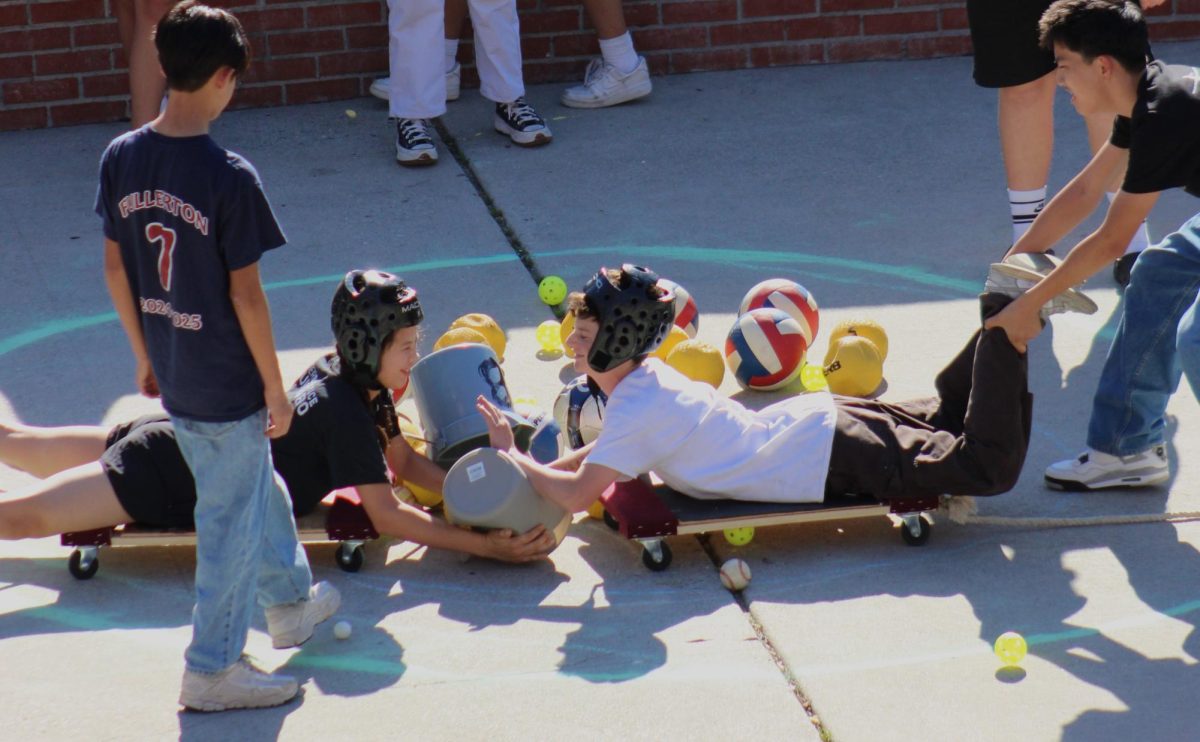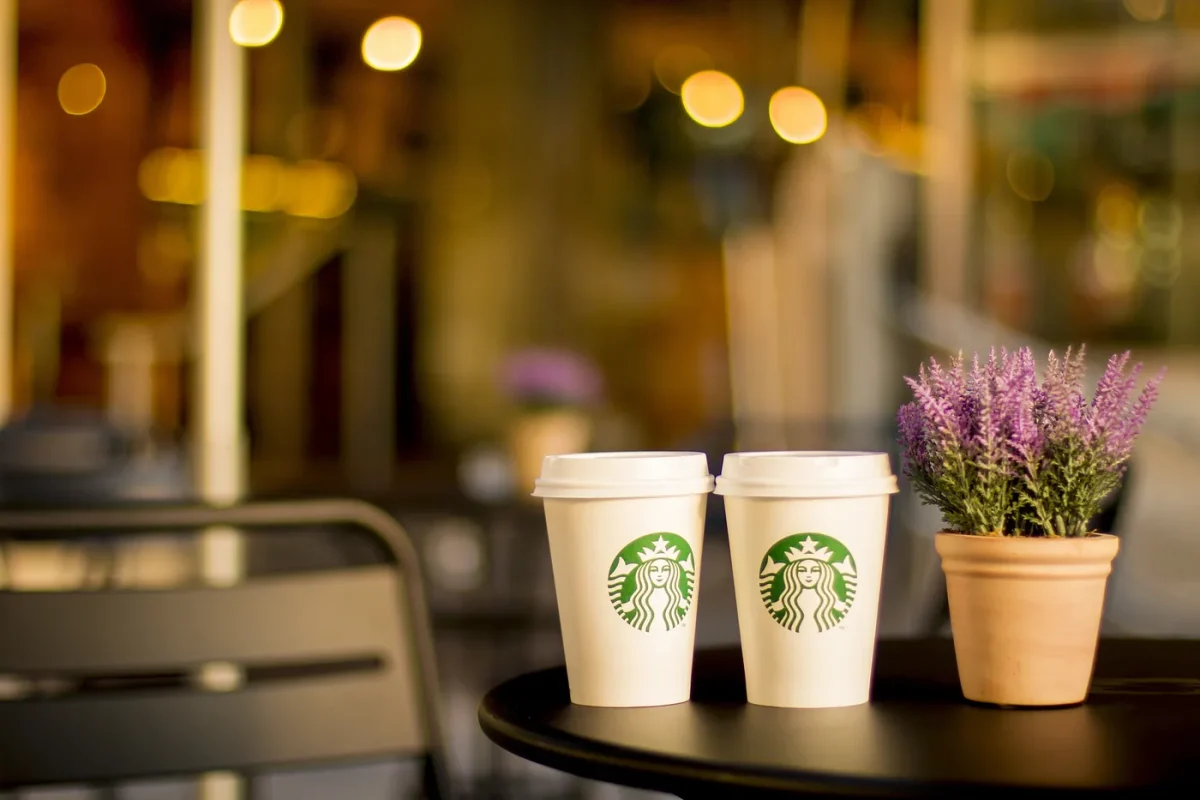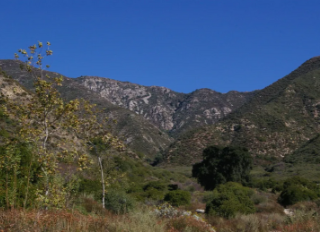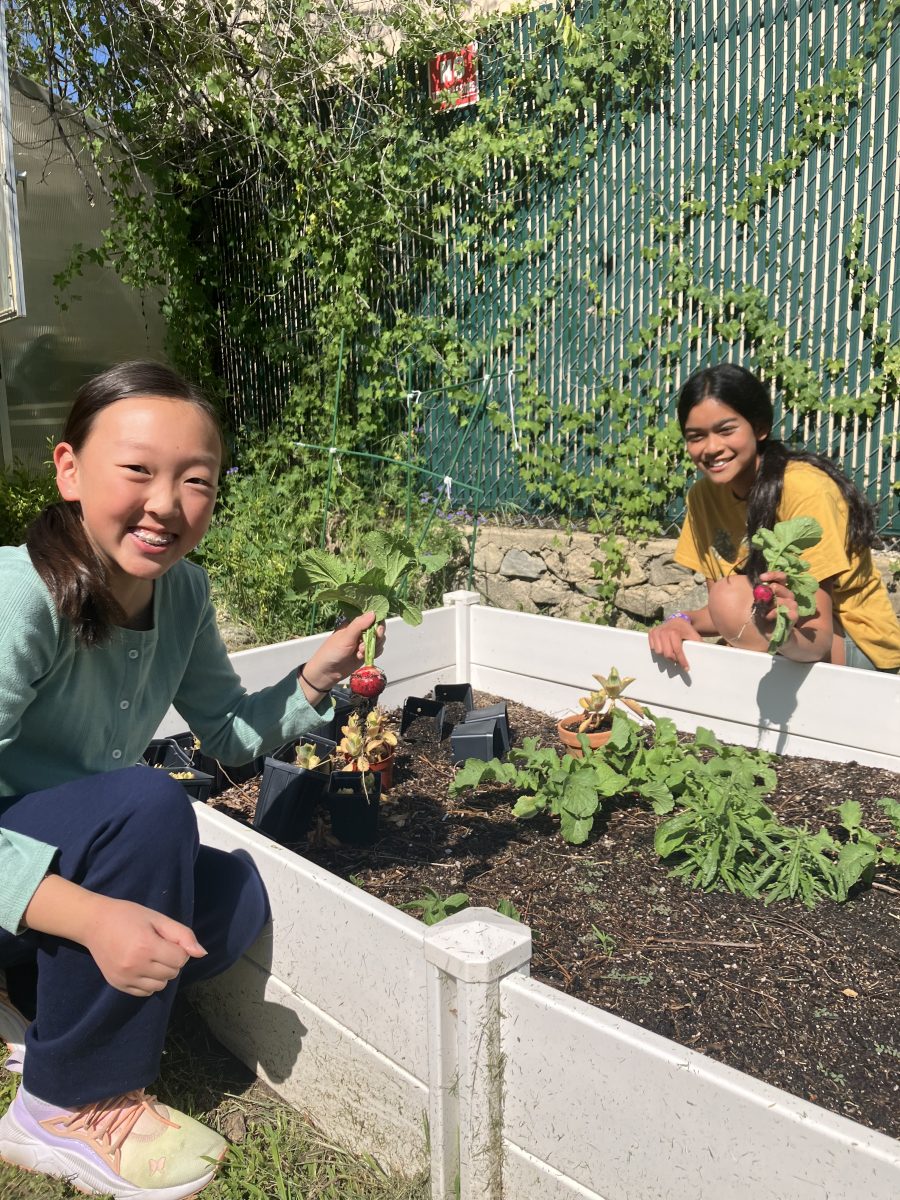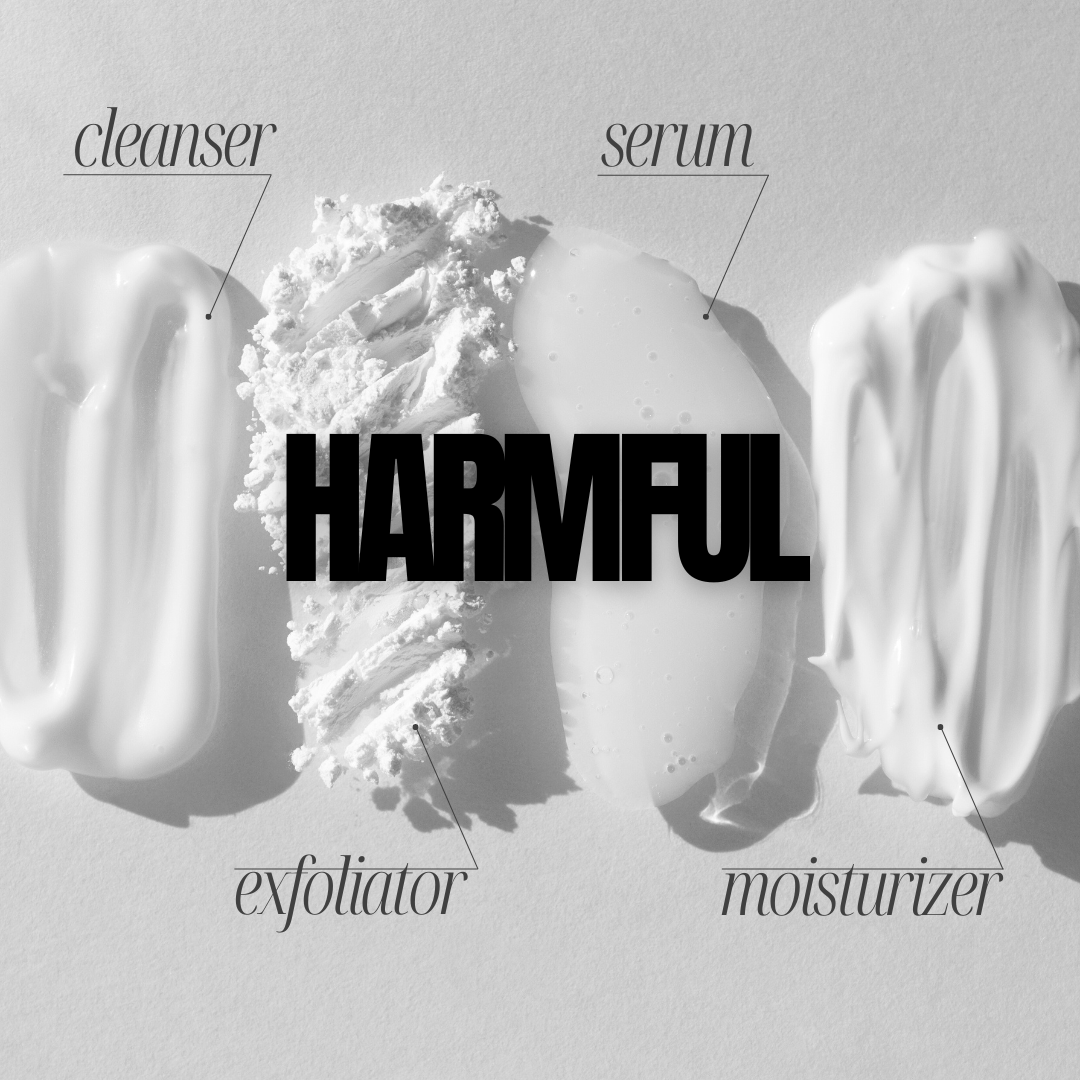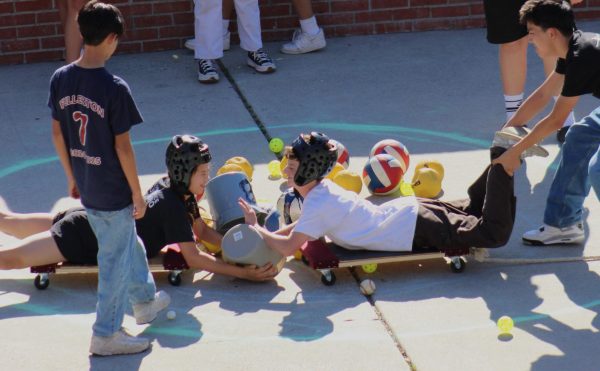PLASTIC IS OVERFLOWING!
The buildup of trash in Rosemont.
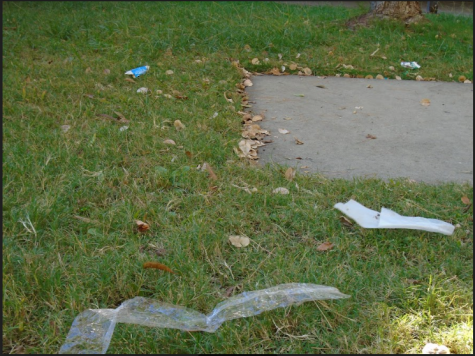
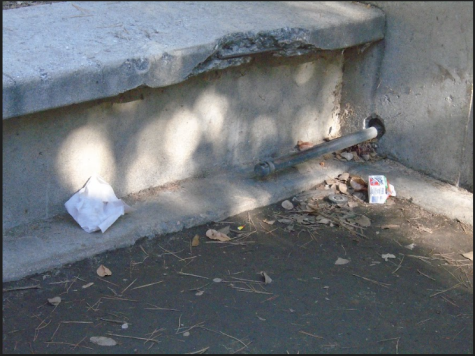
No one can deny that plastic, although useful, is a huge cause of pollution on our earth. Multiple sources have stated that plastic waste is the number one cause of death for sea life. According to oceanconcervancy.org1, around 11 million metric tons of plastic waste enter the oceans every year, killing seabirds, fish, and other marine animals. If each person does their part in not wasting plastic, the world could climb out of its spiral towards certain ruin.
But the danger isn’t just plastics like water bottles and plastic bags, there are also things called microplastics. Microplastics form when bigger plastics break down over time into tiny microscopic pieces of plastic. Most of the time, that process happens in the world’s oceans. As of this year, there are 24.4 trillion pieces of microplastics in oceans around the world, according to news.climate.columbia.edu`2. As you probably already figured out, fish and other sea creatures consume these microplastics without knowing it. Then, along we come with our fishing boats and catch those fish. After they are caught, they are shipped off somewhere, cooked, and consumed. The whole time, the microplastics stay within the fish until the fish are eaten and the plastics are then passed on to us. As a result of this process, the average human consumes 74,000 to 114,000 microplastics each year, according to www.statista.com3
In 1907, when plastic was first invented, it was seen as a revolutionary technology that would help spur the development of humanity’s prowess. The way it is made is by combining monocarbons into larger hydrocarbon chains. The more liquidy monocarbons are solidified into the hydrocarbon chains that make up the tougher and lighter plastics, depending on the length of the hydrocarbon chain. But these carbons are derived from petroleum, which is non-renewable, creates pollution when burned, and is harmful to human and animal skin. So maybe it wasn’t as great as we thought it would be in the 1900s.
Ever since the 1950s when plastic began to be widely used, plastic has become a part of everyday life, and that includes Rosemont, too. As seen by the photos, plastic and other waste is accumulating around the cement walkways and beautiful greenery of our school. Trash is a huge spreader of germs, bacteria and pathogens. This is because it is touched again and again, sometimes used for unsanitary purposes such as wiping one’s face, or blowing one’s nose. Then it is either dropped on the ground or thrown in the trash. If it is thrown in the trash, it is most likely dealt with in a waste management facility, and it is burned, only to release toxic chemicals and gasses into the air, breathed in once again by people just like the students at Rosemont. If in the likely case that the trash is abandoned on the floor, it continues to contaminate the school and its students. It is never too late to halt plastic waste, because it might come back to bite you.
You can reduce plastic waste by using reusable water bottles, such as hydroflasks, gatorade bottles, or similar. You can also pester your parents to use reusable grocery bags, as this means that less plastic is used when less plastic bags are used. Even if you consistently use plastic products, you can limit the amount of waste by reusing these products. This means you buy less plastic, so less plastic is used. Anything you do to reduce plastic waste is helpful to pave the way for a greener future!
Sources:
https://oceanconservancy.org/trash-free-seas/plastics-in-the-ocean/
https://news.climate.columbia.edu/2022/10/13/how-do-we-clean-up-all-that-ocean-plastic/
https://www.statista.com/chart/18299/how-we-eat-drink-and-breathe-microplastics/#:~:text=Health&text=The%20average%20person%20eats%2C%20drinks,Microplastics’%20by%20Cox%20et%20al.
Your donation will support the student journalists of Rosemont Middle School. Your contribution will allow us to purchase equipment and cover our annual website costs.

I love to play guitar, video games, and build things out of Lego. I participate in Cross Country and do Stop-Motion-Animation. I love being part of the...

